Horror films are something you have to prepare for. Whether it's gripping the seat or shielding your eyes or ears, or wrapping yourself up in a world full of tension and menace, great horror movies are much more than jump scares. Utilizing the sound of floorboards, the movement of shadows, the unpredictability of mist, horrific or hilarious (or hilariously horrific) deaths, or a tingling film score—this genre is always playing with the audience. The greatest horror films can be heady and philosophical, slapstick or serious—in short, if you're a fan of horror, most likely you're a fan of cinema. No other genre best represents how the moving image can affect us—by using every filmmaking tool in the shed.
Horror cinema has seen historic highs; the best horror movies never really leave your mind for good. But which of the genre's finest are the very, very best? Below are the greatest, the most unforgettable—and indeed the most frightening—horror movies ever made, ranked from great to greatest.
50 'Audition' (1999)
Still grieving the passing of his wife, widower Shigeharu Aoyama (Ryo Ishibashi) is convinced to host auditions for a fake film as a way to meet a new wife. He immediately becomes interested in Asami Yamazaki (Eihi Shiina), whose past holds some dark secrets.
‘Long before dating app horror stories, Audition was the pinnacle for blind dates gone terribly wrong. It is notorious for the graphic torture scenes that occur during the final act, which gained further notoriety thanks to the rise of the internet and video sharing. Audition became a key influence on the torture movement of the aughts, but stands out courtesy of its focus on developing its characters and building genuine tension. — Ty Weinert
49 'Diabolique' (1955)
When Michel Delassalle’s (Paul Meurisse) infidelity catches up with him, he is murdered by his wife (Véra Clouzot) and mistress (Simone Signoret), who dump his body in an abandoned swimming pool. When the body disappears the next day, the two women begin to experience strange events, causing them to question whether Michel is really dead.
A psychological horror-thriller in the vein of Hitchcock, it is easy to see how Diabolique was an influence on his classic Psycho. A mystery that keeps audiences guessing until the final shocking reveal (it's hard to overstate just how impactful and effective the final moments of the picture are), Diabolique is a must-watch for amateur sleuths. Avoid the mindless 1996 American remake of the same name at all costs. —Ty Weinert
48 'The Birds' (1963)
The Birds was the most difficult film (wrangling all those birds and using very primitive technology) to make for Alfred Hitchcock. It doesn’t stand up as well now in comparison to many of his other classics, simply because the technological advancements years later makes us aware that in most attack scenes the birds diving are overlaid over the actors reacting in a different shot. It also doesn’t have a satisfying ending or an emotional through line to pull us through all the attacks. The Birds might not have aged as flawlessly as many of the Master’s films, but he still stages many masterful moments.
What The Birds does have is an amazing home invasion section that greatly influenced every zombie or home invasion film that would come later. The birds, which have begun attacking humans for no reason and seem to have a particular bone to peck with a socialite (Tippi Hedren) who was recently in court for her behavior, swarm the house that holds her inside. The Birds shows all the survival tactics that we now know from zombie films and it also features the fatalist moment where the heroine goes upstairs. Always stay downstairs. — Brian Formo
47 'Black Christmas' (1974)
Before Bob Clark made Christmas wondrous with 1983’s A Christmas Story, he made it terrifying with his 1974 horror classic Black Christmas. Often misattributed as the first slasher film but correctly attributed as one of the best of its kind, Black Christmas is classy and subtle, but an acutely effective exercise in tension. The film stars Olivia Hussey and Margot Kidder as two sisters in a sorority house besieged by abusive, filthy phone calls from a raspy-voiced predator that unfurls as a murder mystery meets house of terrors.
Black Christmas is also one of the rare slashers that treats its victims with complete respect, never overtly sexualizing them and never punishing them for their presumed sexuality. In fact, Hussey’s “final girl” is not only openly sexually active, she’s struggling with her decision to have an abortion. And she’s never penalized for it. Likewise, Kidder’s character is endearing despite being a drunk. Hell, even the house mother gets to have a personality. From concept to execution, Black Christmas is one of the most dignified entries in the slasher genre that feels like it was made for adults seeking a thrill rather than teenagers seeking perversity. — Haleigh Foutch
46 'Don't Look Now' (1973)
Nicolas Roeg‘s Don’t Look Now is one of the most emotionally devastating, haunting, and sensual horror movies ever committed to film, and it’s about as classy as horror can get. A meditation on grief, loss, and mortality based on the literary pedigree of Daphne du Maurier, Don’t Look Now unites the dumbfounding talents of Donald Sutherland and Julie Christie in the tale of a married couple who relocates to Venice in the hopes of healing after the tragic death of their young daughter. But once they arrive, they encounter an elderly psychic who brings warning of yet another tragic loss they seemingly cannot avoid.
There is a quality to grief that accentuates everything about life; every breath, every beat, even stillness becomes heightened in a world that somehow seems re-lit and re-cast by the fires of suffering. Don’t Look Now pulls of an incredibly rare feat by capturing that desperate immediacy. Then it uses it to torment you through an almost unconscious fright that unfurls as the film blends present, future, and past to evoke parallelism and suspicion of the predetermined in an agonizing lilt toward the supernatural. — Haleigh Foutch
45 'Deep Red' (1975)
When musician Marcus Daly (David Hemmings) witnesses a savage murder, he is compelled to solve the case himself. Teaming up with reporter Gianna Brezzi (Daria Nicolodi), the pair must work fast to unmask the killer before being added to the growing pile of victims.
Dario Argento is an immortalized name in horror, and Deep Red is one of his finest works (some would even say it's his best). It combines his trademark frenetic directing with his penchant for brutal violence to create one of the greatest giallos and one of the best slasher movies of all time. — Ty Weinert
44 'An American Werewolf in London' (1981)
John Landis’ dark horror-comedy An American Werewolf in London has set itself apart from all other werewolf films that came before it and have come since. Notable for the make-up special effects work of Rick Baker, for which the film won the inaugural Oscar for Outstanding Achievement in Make-Up, the visceral, bone-crunching werewolf transformation will haunt your dreams for years. If that doesn’t get you, then perhaps the slowly decaying forms of the living dead victims of the werewolf will.
Not content to churn out a simple monster movie, Landis chose instead to focus on the grief over losing a friend, the guilt at committing murder, and the maddening need to reconcile with those who are dead. It’s not just David’s curse that plagues him throughout this film, it’s the literal embodiment of those other negative emotions that follow him, pleading with him to end his own life before he adds more victims due to the curse’s effects. As is the case in other Landis’ works, there are laughs to be found, but boy are they dark. And delightfully so. – Dave Trumbore
43 'Eraserhead' (1977)
David Lynch is the indisputable reigning champ of modern cinematic surrealism, and he cemented that status straight away with his feature film debut Eraserhead. Completed over the course of five years, Lynch described the film as a “dream of dark and troubling things” and that’s pretty accurate. But it’s more of a nightmare than a dream, and those dark and troubling things tend to revolve around fear of marriage, fatherhood, and society’s pre-ascribed roles, mixed in with a sick-making biological paranoia.
For all of Eraserhead‘s technical achievement, it’s a legendary piece of filmmaking because it’s never more confounding than it is engaging. When Henry (John Nance) discovers an old fling resulted in the birth of a wormy, lizard-like malformity whose hunger is as unending as its cries, his life is turned upside down in a series of visions and unsettling tangents where every indulgence sets a trap for further terrors. Lynch proves a remarkable emotional command with his ability to wring sympathy for the pathetic, putrid creature who lays there throughout the film like a raw nerve and constant source of agitation. Eraserhead is a force of singular vision, with Lynch serving as director, producer, writer, editor and sound designer. — Haleigh Foutch
42 'The Fly' (1986)
Jeff Goldblum is immediately engaging and charming in a lonely, obsessive way as Seth Brundle, a genius scientist who allows a flirtatious reporter, Veronica (Geena Davis) to follow his creation of a teleporter. That’s what makes what happens to him in The Fly so devastating. When an accident leads to Seth’s DNA getting spliced with the DNA of a fly, Brundle sees a boost in his abilities but soon begins to mutate and deteriorate into a monster.
Any other director and any other actor, and this film would play like a laughingstock. In this case, however, watching the sweet-natured, brilliant young man turn into an insect monster bent on destroying the woman Brundle loved reminds one of great melodrama, even opera. It’s borderline traumatic, and one can easily suss out the allusions to AIDS and the demons of professional ambition in the narrative. The Fly represents the human potential of modern horror, the upper echelons of how the tenants of the genre could imbue with high art to create something both extraordinarily beautiful and deeply upsetting. - Chris Cabin
41 'Poltergeist' (1982)
Location, location, location. If only the Freeling family had taken the first law of real estate to heart, they would have saved themselves a lot of headaches. Not that it was their fault that their house, and all the others in the community, happened to be built on a pre-existing cemetery. With a story like that, it’s no surprise that Tobe Hooper was at the helm of this horror classic, but what may be surprising to some is the fact that Steven Spielberg, who wrote the screenplay, would have also directed it were it not for a contractual conflict with E.T. the Extra-Terrestrial.
Instead of Spielberg’s signature style, what we get is a nightmarish carousel of every type of haunt that could conceivably scare audiences. Spooky kids talking to ghosts in the machine, grasping trees that come to life, creepy clowns, lurking closet danger, and spirits from beyond, not to mention corpses rising from their graves and nearly drowning or being buried alive in mud. Dark Spielberg is arguably the best Spielberg, and this is easily his most “horror” film he’s ever written. Memorable for its characters, its quotable dialogue, and its smart plotting that keeps audiences guessing, Poltergeist is an untouchable '80s landmark.– Dave Trumbore
40 'The Witch' (2015)
Banished to the edge of the woods, a New England family in the 17th century makes a living on the homestead alone while raising five children. When sinister forces begin to creep into the family’s lives, teenage daughter Thomasin (Anya Taylor-Joy) finds herself drawn into their dark web.
The directorial debut of Robert Eggers, The Witch announced him as a star to watch as it showcased his commitment to historical realism as a way to elicit skin-crawling terror. The film was also the breakout for Taylor-Joy, whose turn as Thomasin is one of the best horror performances of the past decade. Eggers' commitment to immersive, meticulous historical freakouts has continued with The Lighthouseand The Northman. — Ty Weinert
39 'Godzilla' (1954)
When Godzilla, a fire-breathing monster, emerges from the sea and begins rampaging across Japan, the authorities scramble to stop the seemingly indestructible monster. They desperately turn to a reclusive scientist to find ways to save their country.
The King of the Monsters, Godzilla is one of the most recognizable characters in popular culture. It all started with this 1954 incarnation, which pitched Godzilla as a villain before later sequels pivoted the creature into a hero. Beyond just kick-starting one of the longest running franchises in movie history, Godzilla helped set the template that all monster movies to follow. First-time viewers may be surprised by just how low-key and somber a film the original truly is. — Ty Weinert
38 'The Evil Dead' (1981)
The Evil Dead, though still deeply scary in stretches, is more the work of ecstatic, uncontrollable filmmaking bravado than any of its sequels and spinoffs, a thing of all-consuming energy and demented spirit. The menacing story about how Ash (Bruce Campbell) first came into contact with the Deadites is a wham-bam-thank-you-ma’am affair and it’s Sam Raimi’s similarly rough, thrilling style, a feeling that does somehow feel like riding a bat out of hell.
The movie would not work even a little bit if not for Raimi and his small crew, and the vision of a wild trip to the heart of cackling evil that drove them to create one of the most consistently satisfying franchises in the history of the cinema. And you can feel all Raimi’s ambitions, all his whooping cinematic energy and imagination, in The Evil Dead’s scant, fleet-footed runtime. – Chris Cabin
37 'The Innocents' (1961)
When Miss Giddens (Deborah Kerr) takes a job as a governess at a large estate, she becomes the sole guardian of the two children who live there. When strange events begin to occur, Miss Giddens comes to suspect that the house is haunted and that the children have been possessed.
An adaptation of the classic The Turn of the Screw, The Innocents is one of the greatest psychological horror movies of all time as it constantly makes Miss Giddens (and the audience) question whether what she is seeing is real. Its creepy atmosphere would go on to influence a wealth of gothic horror movies that attempt to emulate the same unsettling vibe. —Ty Weinert
36 'The Wicker Man' (1973)
Robin Hardy began his infrequent and unusually sparse directorial career (he made three movies over the course of 45 years) with his magnum opus, The Wicker Man. But hey, when you’ve made one film this exceptional, perhaps any more would be greedy. The Wicker Man sneaks up on you. It’s subtle and seductive, and it’s nasty secrets are revealed with an expert patience, but when it ends up at its final destination, it will leave you curled in a ball with a smoldering sickness in the pit of your stomach.
Centered on the investigation into the disappearance of a young girl, The Wicker Man follows Edward Woodward‘s Sergeant Howie to a remote Scottish island village where nobody is offering answers and the clues never add up. Much of the film doesn’t play as horror at all, but a sort of jovial, vaguely eerie trip to a peculiar society where pagan ritual reigns supreme under the benevolent leadership of the island’s ruler Lord Summerisle (a perfectly utilized Christopher Lee). Anthony Schaffer‘s script is a wickedly clever subversion of expectation, and Hardy nurture’s the slow-boiling tension for all its worth, gingerly doling out hints of the evil hiding behind the artifice of folksy, flower-crowned charm. Once the riddle is solved, you’ll wish it hadn’t been. — Haleigh Foutch
35 'Dracula' (1931)
Modernity and vampirism have done well together as it turns out, but there remains something about the haunting stillness of Tod Browning’s original Dracula from 1931. For those who look only for movies that are smarter than they are as humans, who need irony and dismissiveness to get along in the world, the original tale of the count’s meeting with the Harkin family won’t have much effect at all.
The black-and-white cinematography remains gorgeous and Browning’s shot compositions are exquisite, but if you want psychological menace, that’s not what this is about. Bela Lugosi’s take on the character is one that stresses his regal bearing, his veneer of the aristocracy and an age-old class. Browning sees the confidence in such a creature and also the wisdom. Lugosi’s creature wears his world-weariness, intellect, and experience like a fitted suit, never straining to catch his victim, rather knowing that he has the power to ensnare them and turn them. – Chris Cabin
34 'The Night of the Hunter' (1955)
After learning that a dead man hid a fortune in stolen loot, charming serial killer Harry Powell (Robert Mitchum) worms his way into the life of Willa Harper (Shelley Winters), the man’s widow. Willa finds herself falling for the new arrival, unaware of the danger she has invited into her home. Silent film star Lillian Gish shines in a supporting role, as a stern but devoted caretaker of lost children.
Flopping at release, time has been kind to The Night of the Hunter as it has been relabeled as a classic. Mitchum is terrifying as Powell, with his occupation as a Reverend hiding the fact that he is a savage killer that preys upon women. He makes for one of the most terrifying villains of all time. — Ty Weinert
33 'The Phantom Carriage' (1921)
The Swedish picture Körkarlen, literally “The Wagoner,” or as its U.S. title calls it, The Phantom Carriage— is a touchstone of silent horror. The film's release came with an early touch of viral marketing since it was released on New Year’s Day in 1921 and, as the story goes, the last person to die before the New Year becomes Death’s carriage driver and soul collector for the following year. This fantastic premise sets up a story about a dysfunctional family as told through a relatively advanced narrative structure using flashbacks within other flashbacks and special effects achieved through double exposure.
In The Phantom Carriage you’ll find early echoes of such redemptive tales as Charles Dickens‘ “A Christmas Carol” or even Frank Capra‘s 1946 holiday classic It’s a Wonderful Life. This tale deals with Death more directly than those Christmas movies. In fact, it’s cited as a major influence on Ingmar Bergman who would would revisit Death in the 1957 film The Seventh Seal. It’s also rather apparent that The Phantom Carriage influenced Stanley Kubrick since there’s a scene that clearly inspired a classic moment in The Shining nearly 60 years later. That alone makes this film a must-watch. — Dave Trumbore
32 'Freaks' (1932)
Moving away from the realm of famous Universal Monsters and into the taboo, we have Tod Browning’s follow-up to the very successful Dracula with MGM’s first horror picture, Freaks. This much-maligned film, which is nearly impossible to categorize due to how unique it is, elicited strongly negative reviews from critics, heavily censored edits before release, was pulled before completing its domestic run, and suffered a sizable loss at the box office. The poor reception essentially ended Browning’s filmmaking career and burned off any cachet Dracula had earned him.
And yet Freaks found a resurgence in popularity among counterculture groups and film buffs in the last 40 years or so. The film, which no longer exists in its original, even more shocking version, tells of a troupe of circus performers including a collection of “freaks” put on display for paying audiences. The cast included actual performers, people with physical disabilities or abnormalities, and other conditions, as well as “normal” actors playing the more traditional roles. However, Freaks is anything but traditional since it portrays the beautiful Cleopatra (Olga Baclanova) and the strongman Hercules (Henry Victor) as truly ugly and corrupt people attempting to take advantage of the “freaks.” Let’s just say that they get what’s coming to them. — Dave Trumbore
31 'Eyes Without a Face' (1960)
Georges Franju was one of the creators of the famous French Cinematheque that housed long lost classics and introduced the filmmakers of the French New Wave. He’d worked tirelessly during World War II to find, protect, and move around various film cans from being destroyed. Franju was obviously a lover of the moving image. And in his most beloved film that he himself directed, Eyes Without a Face, the image creates the entire mood.
Franju’s eerie film follows a plastic surgeon that specializes in transplanting living skin tissue from one person to another. When he causes a car accident that disfigures his daughter (Edith Scob), he begins to abduct women and flay their skin, attempting to give his daughter a new face; when it doesn’t work, he has his assistant drop their bodies in the river. Meanwhile, his daughter awaits a new face behind a white mask, eerily ghost-like. When she learns what his father is doing for her, Scob and Franju are shockingly able to show sadness not for herself, but for the victims who her father is trying to graft her, with only eye movement behind an emotionless façade. — Brian Formo

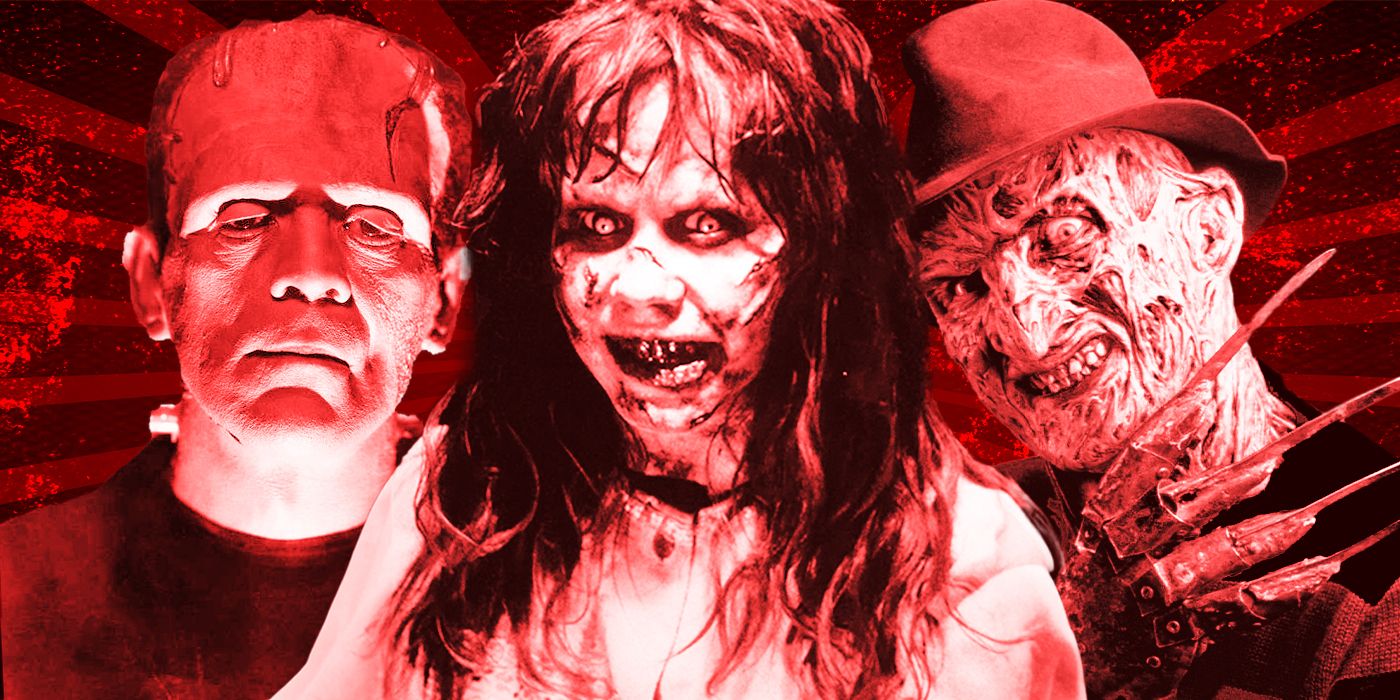

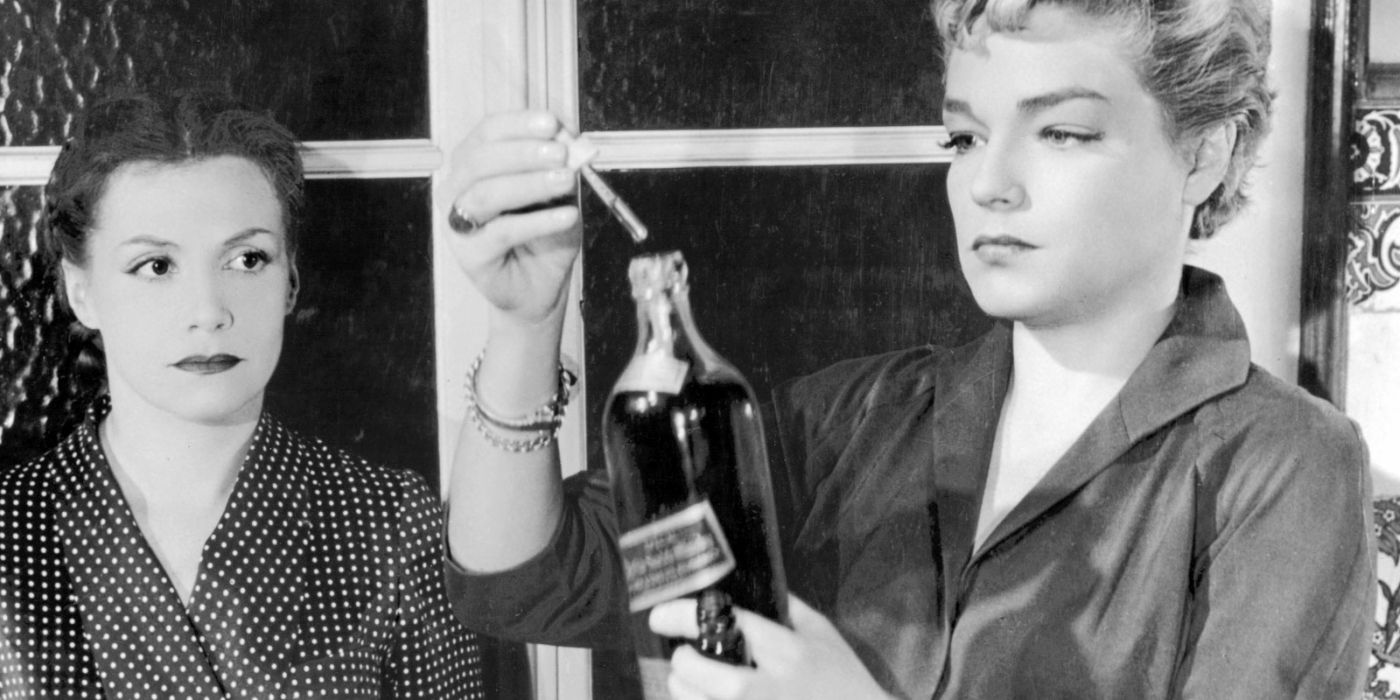
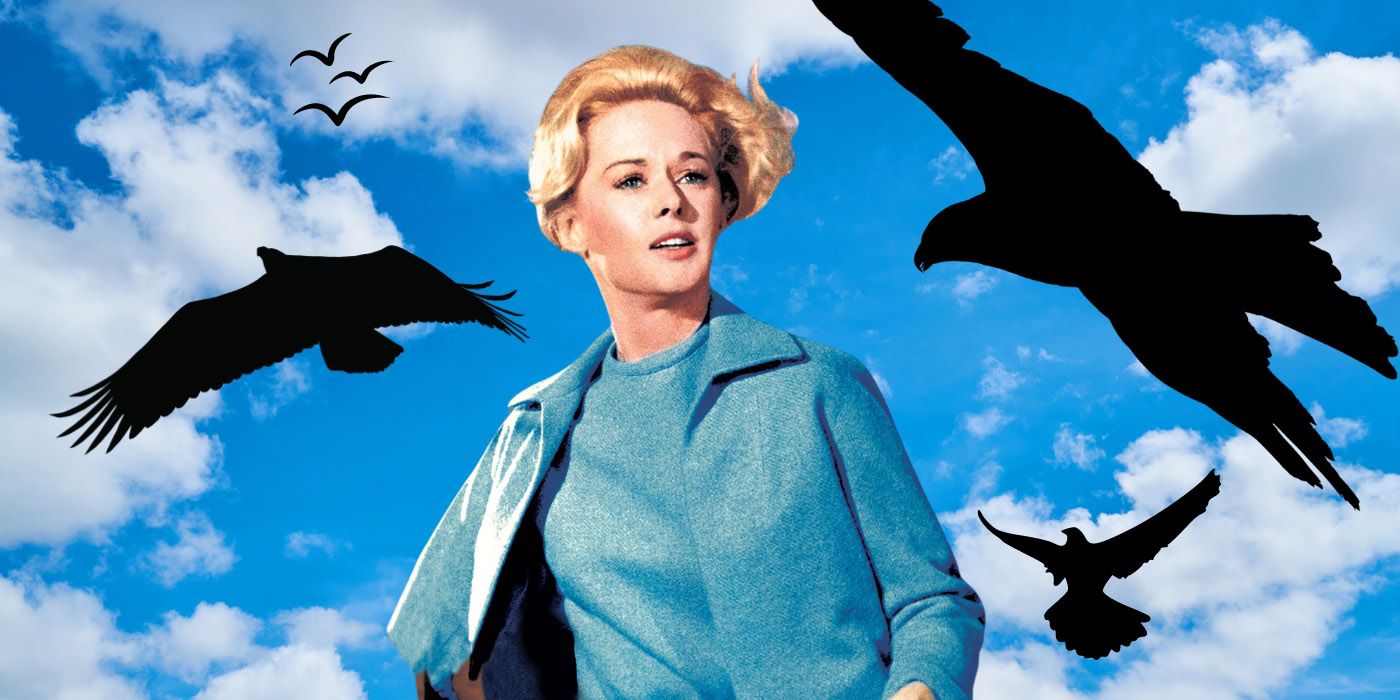
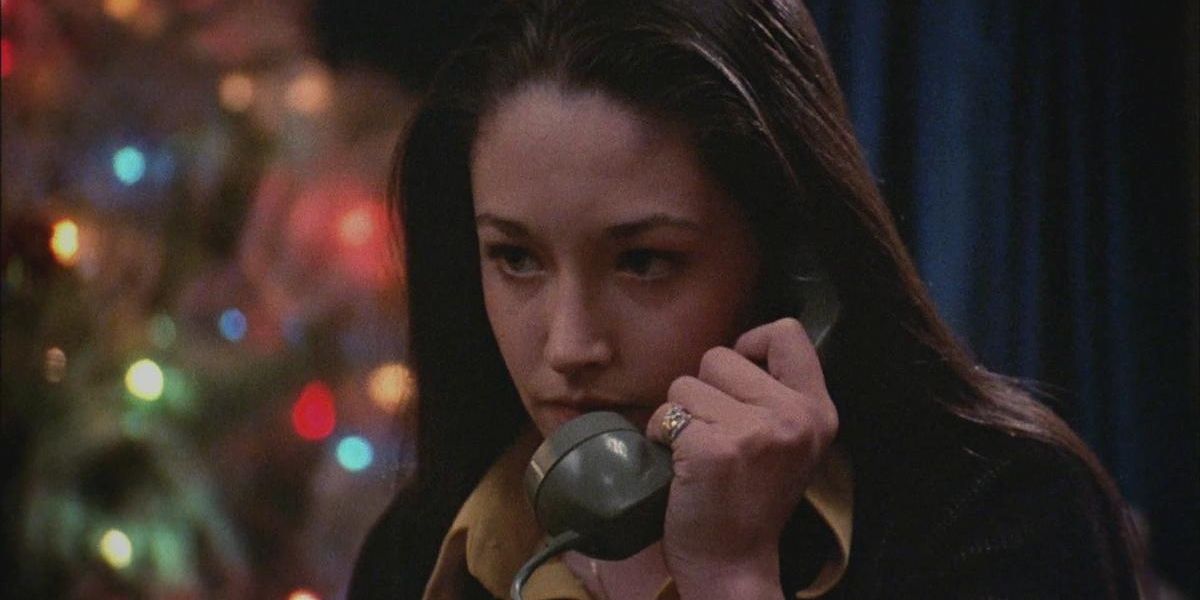
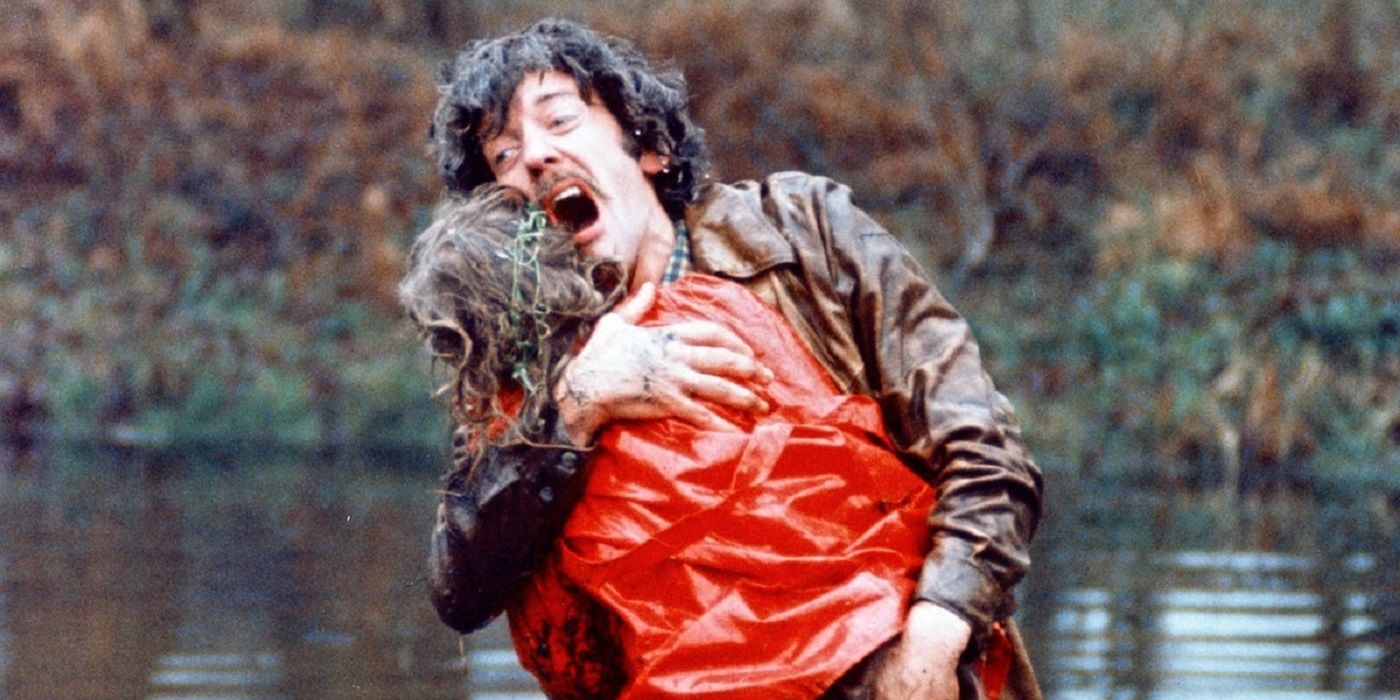
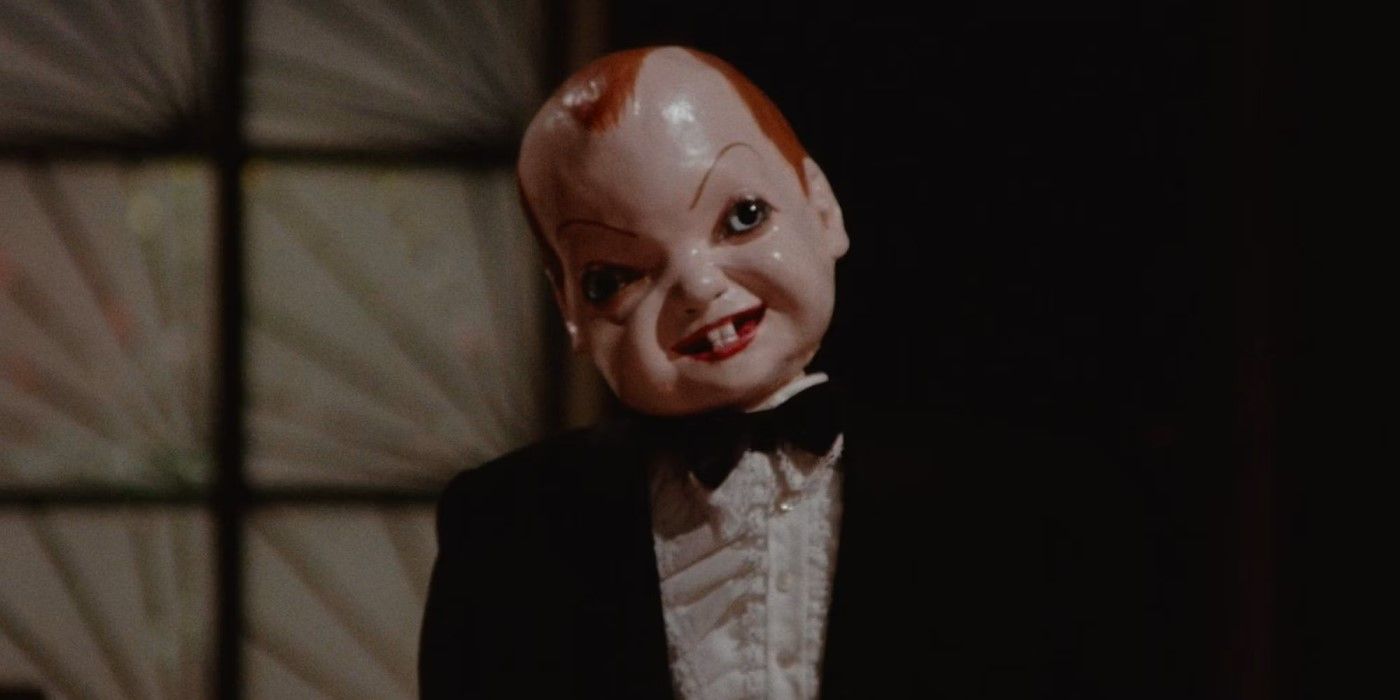
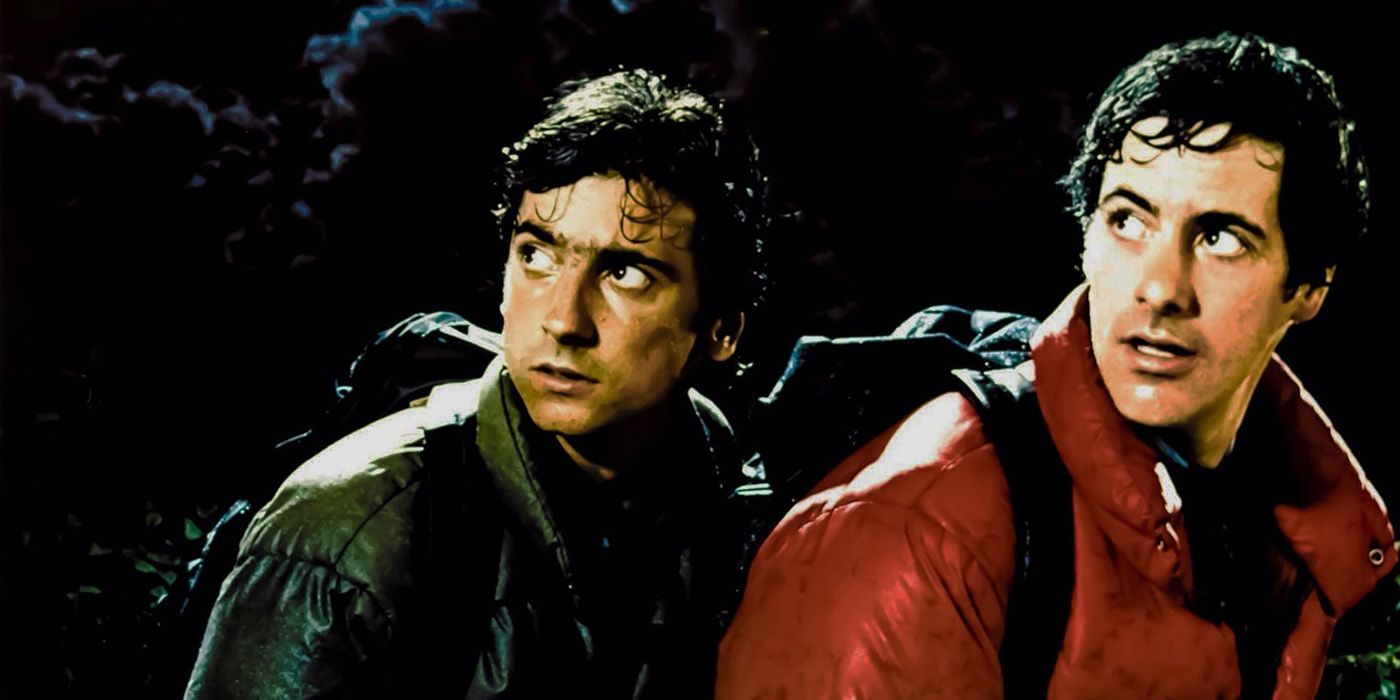
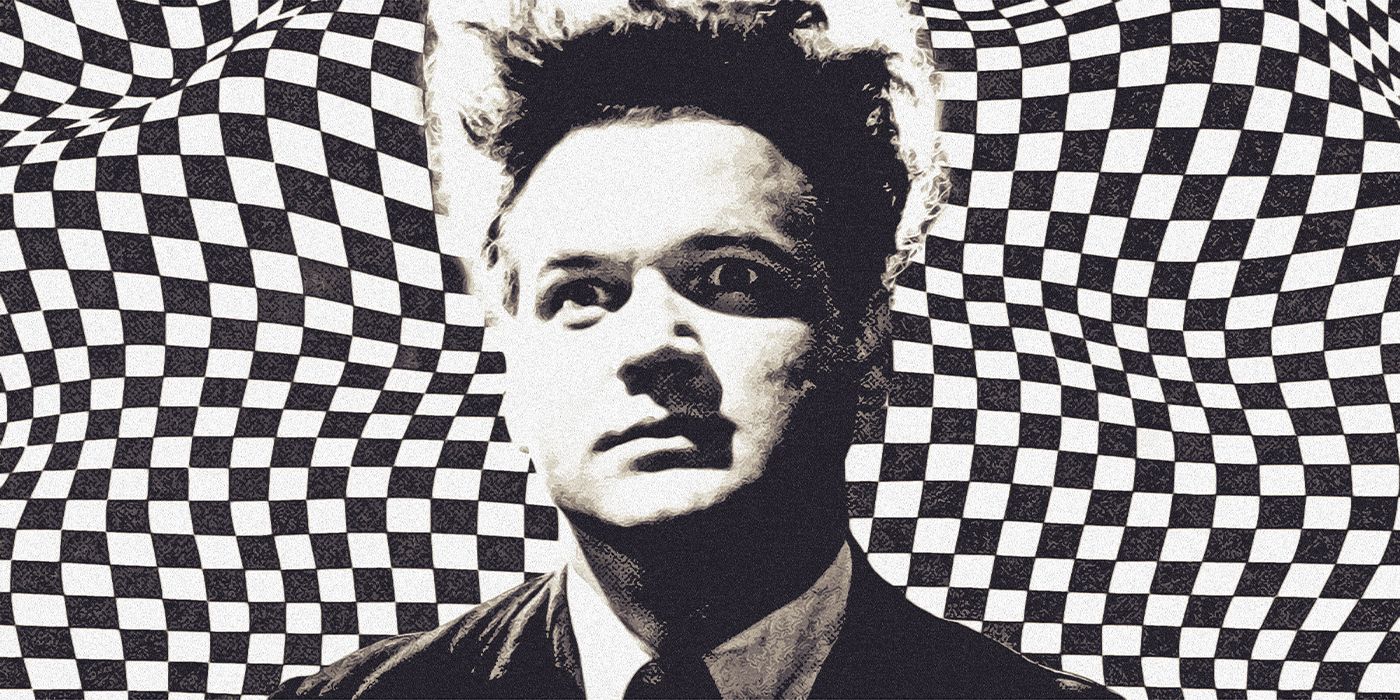
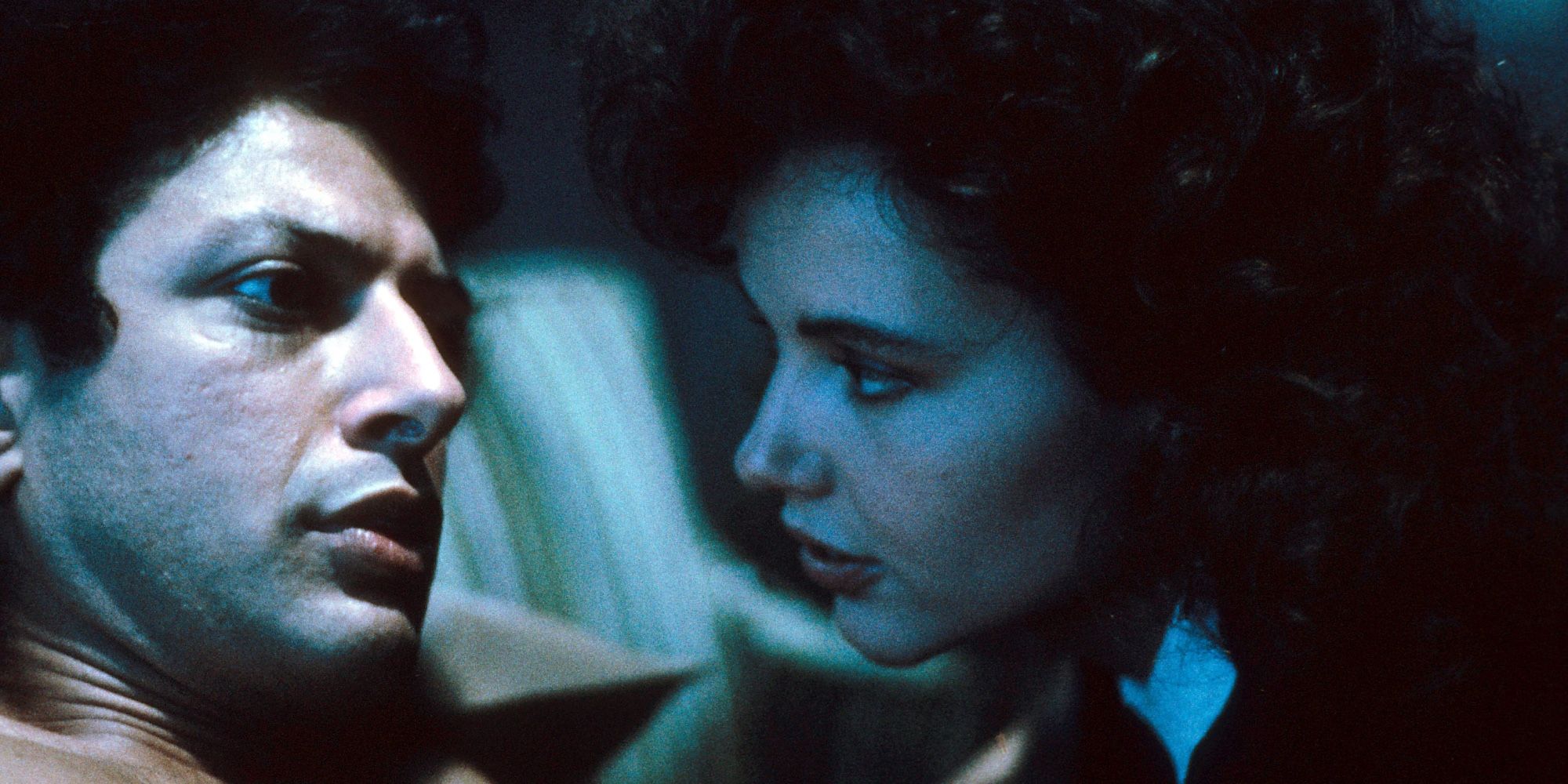

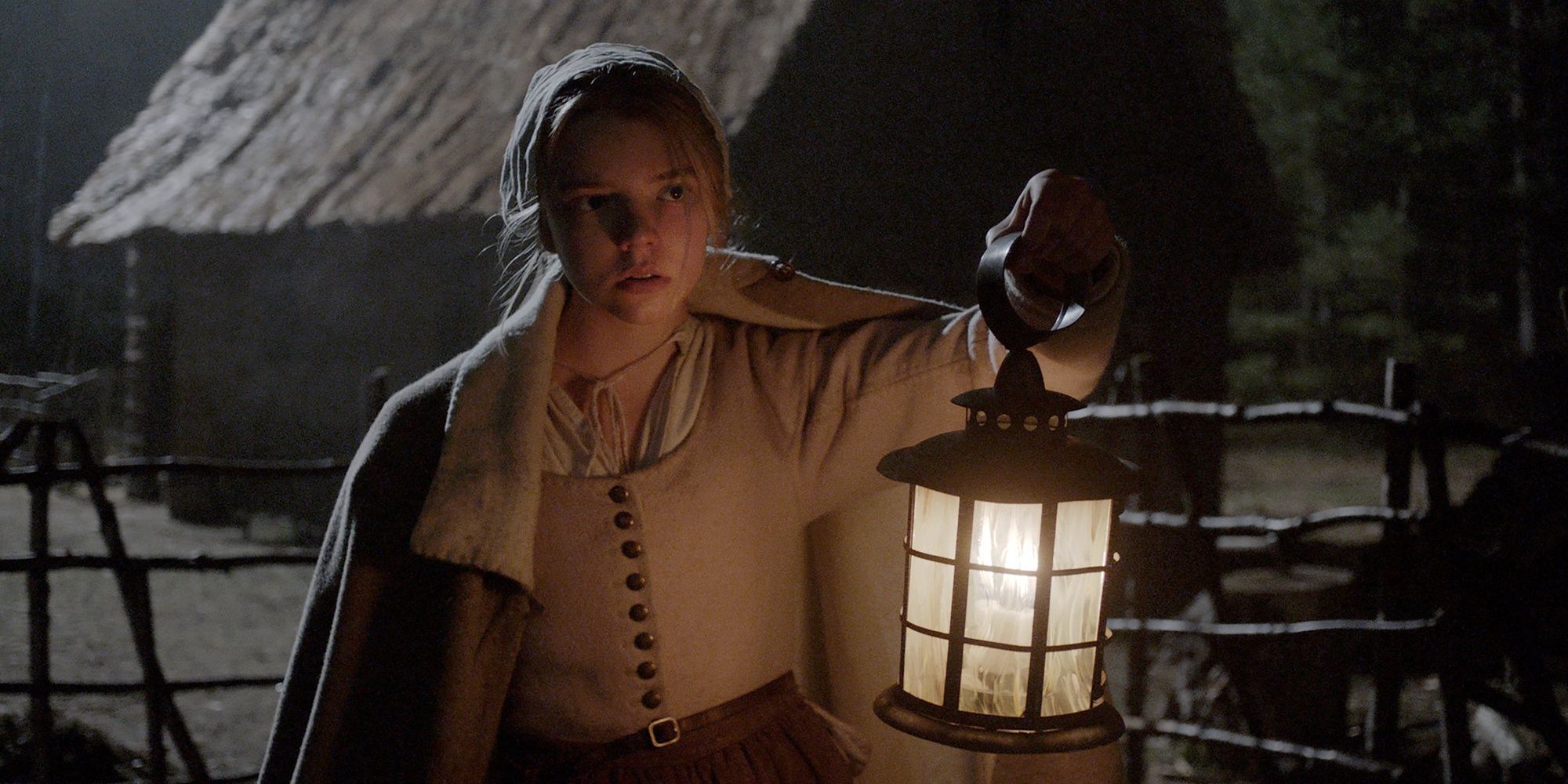
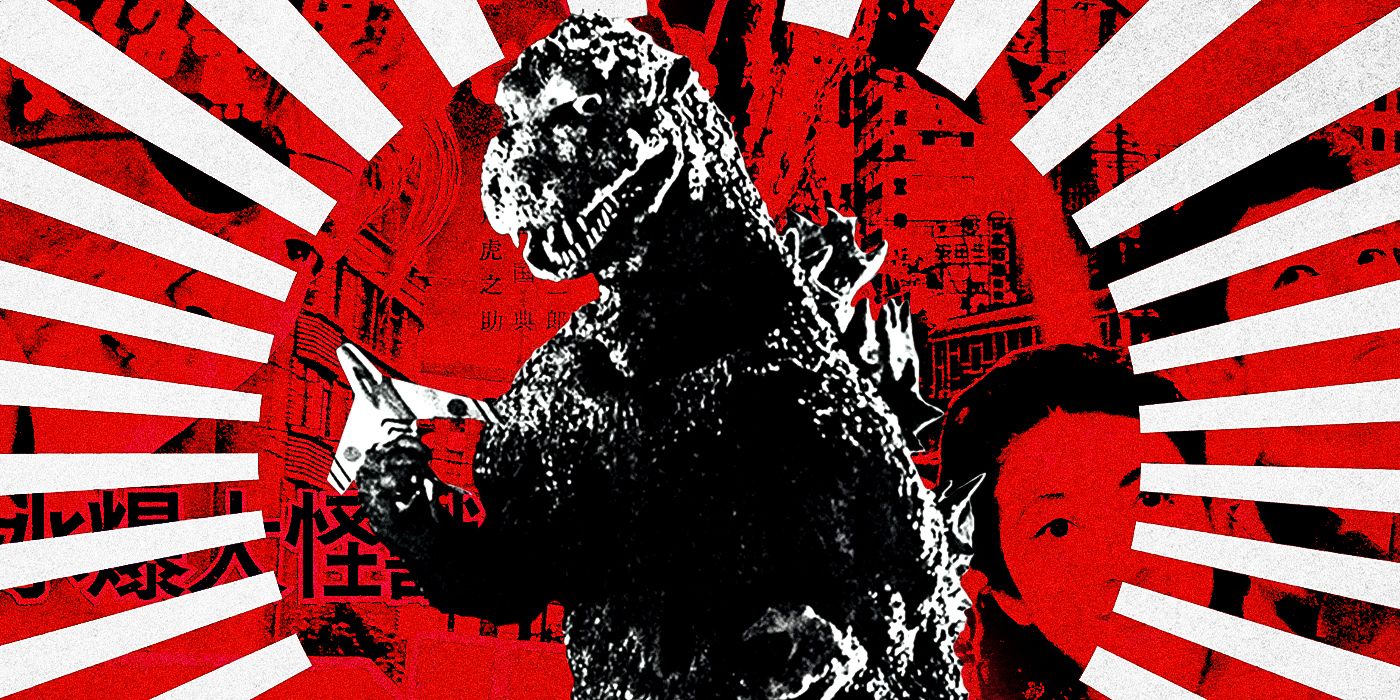
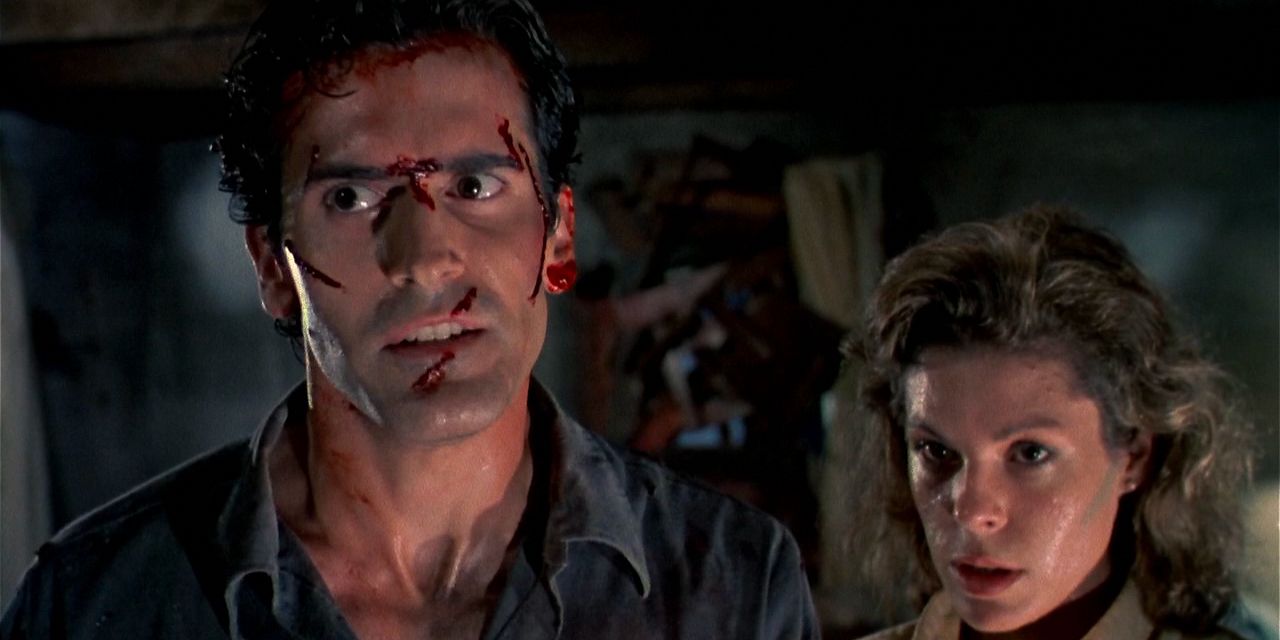
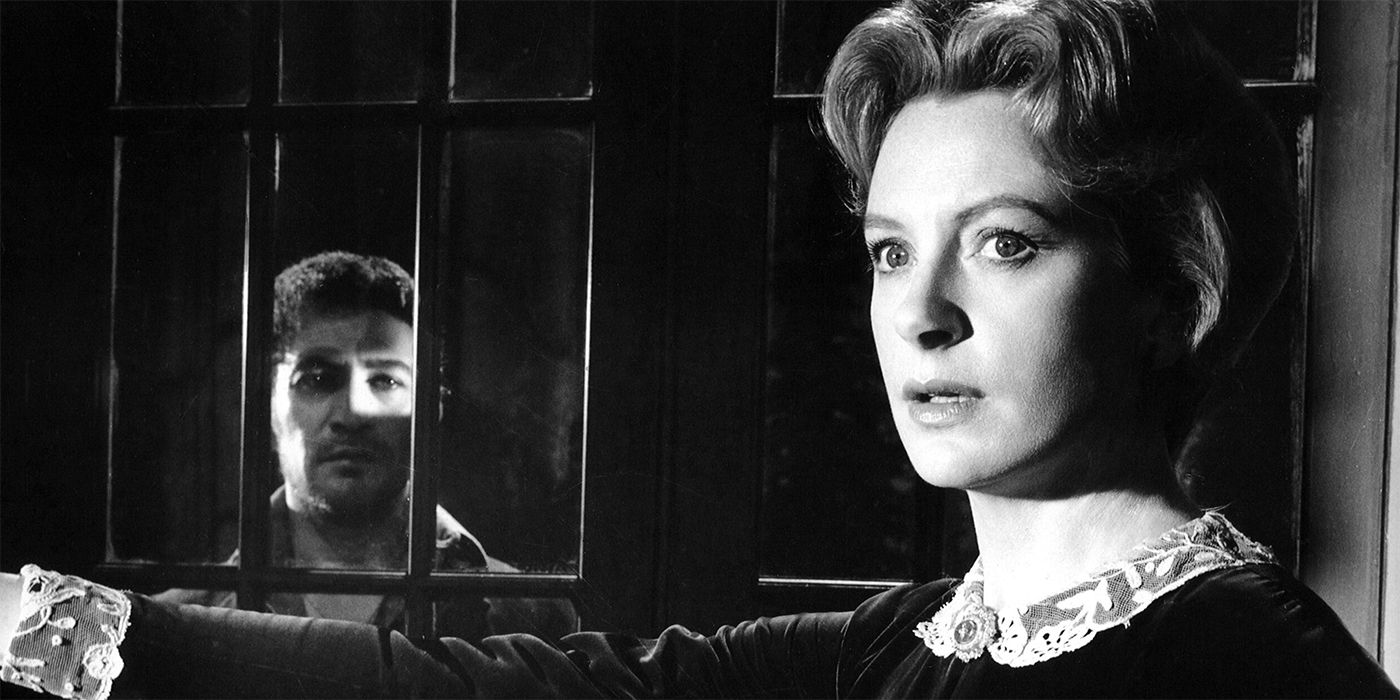
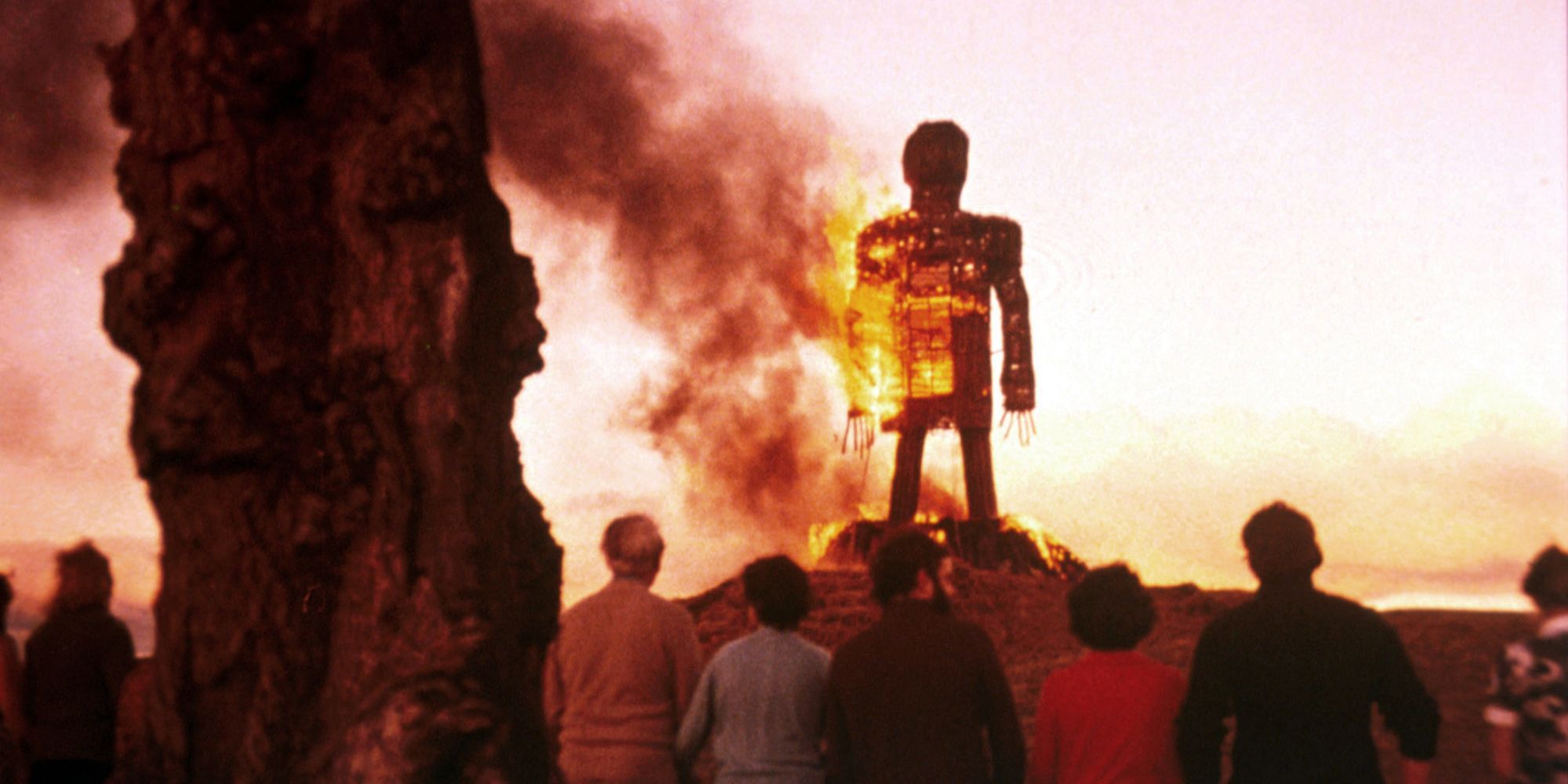
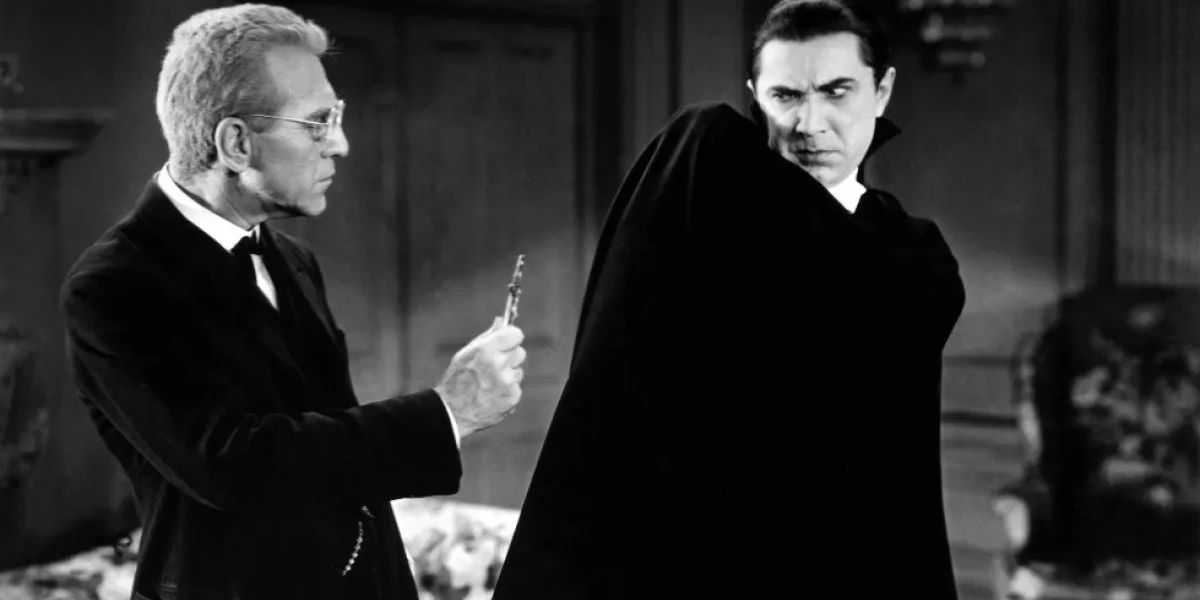
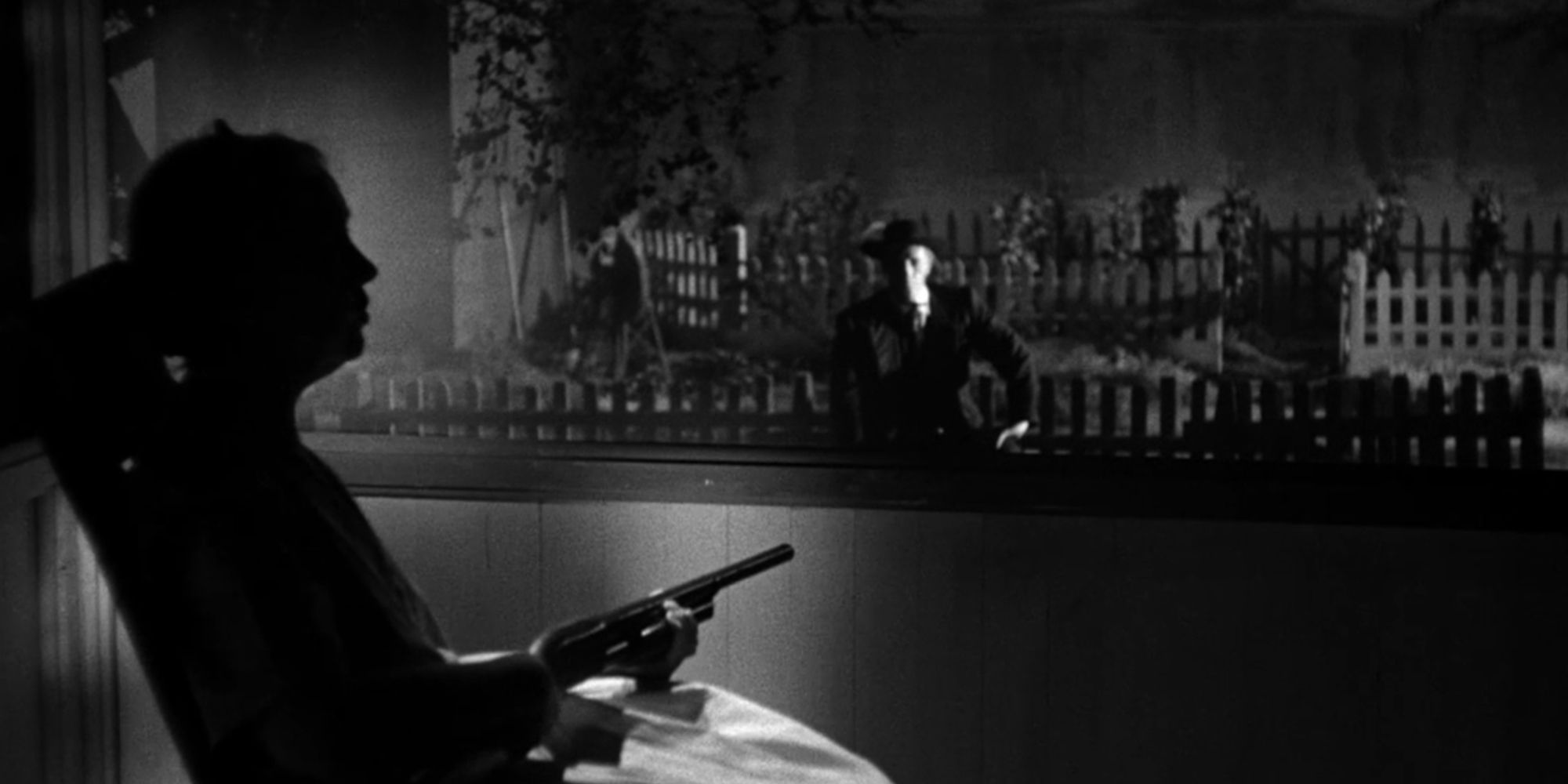
.jpg)
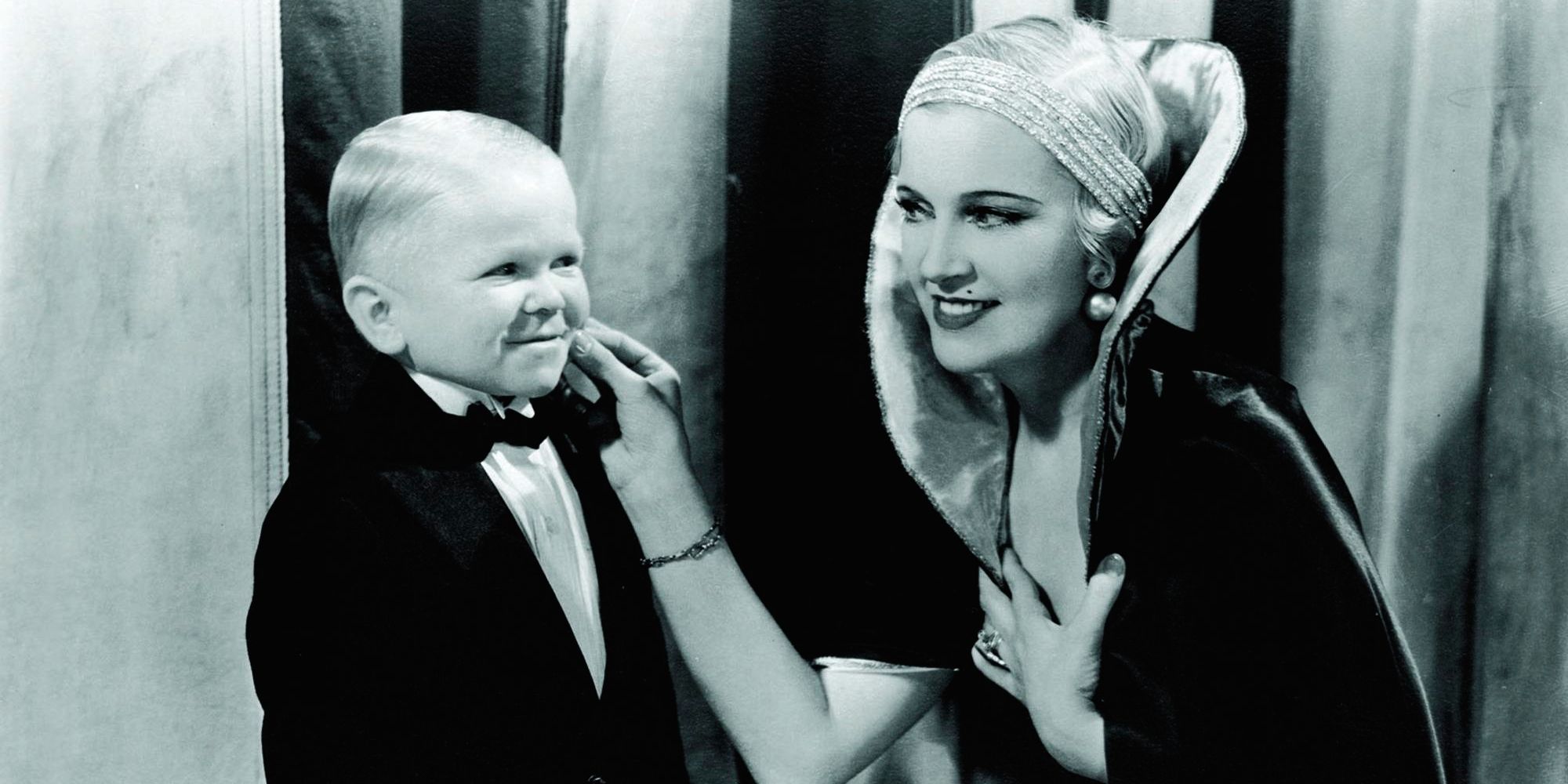
.jpg)